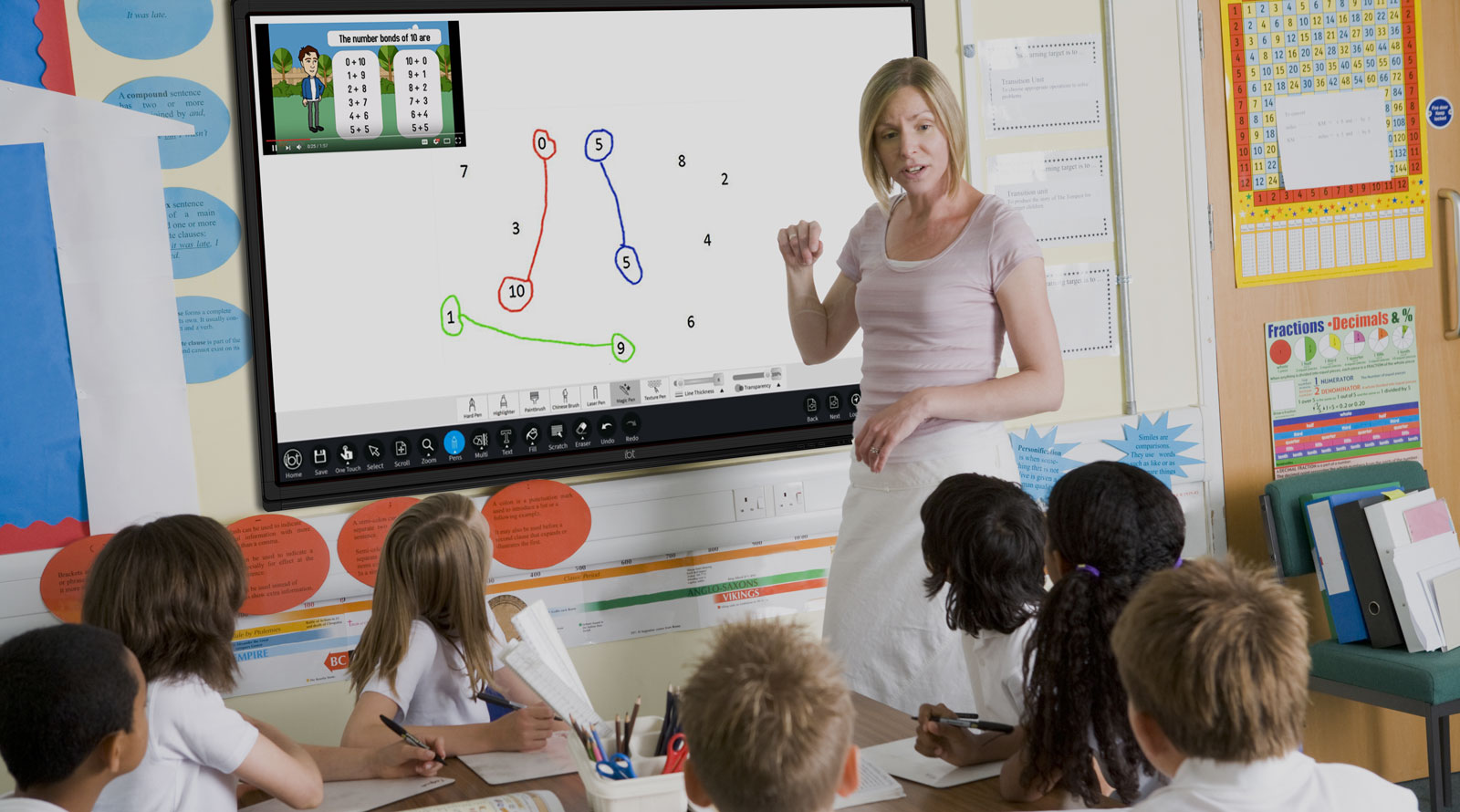To spark student curiosity, frame the activity as a creative coding mission where they act as robot artists following precise instructions. Prepare by printing dot-grid worksheets and gathering crayons or markers in three colours per student. Guide the class with a steady pace, pointing to each arrow on-screen and allowing time for drawing short lines between dots. Emphasise sequencing—order matters—and clear, single-step actions. Watch for students skipping ahead; gently redirect them to follow one step at a time. Close with a reflection on precision to reinforce learning through discussion.

